Optimal Timing for Foundation Repairs
Foundation repairs are critical for maintaining structural integrity and preventing further damage. The timing of repairs can influence their effectiveness and cost. Understanding seasonal and weather considerations can help determine the optimal time for addressing foundation issues.
Spring offers moderate temperatures and stable soil conditions, making it an ideal time for foundation repairs. Dry weather reduces the risk of delays caused by rain.
Summer provides warm weather, but excessive heat and dry soil can cause shifting. Repairs are possible but may require additional precautions.
Fall's cooler temperatures and increased moisture levels can facilitate certain repair techniques. However, approaching winter may cause delays due to rain or cold.
Winter is generally less suitable for foundation repairs due to freezing temperatures and soil contraction. Repairs during this time may be delayed or less effective.

A professional inspection is recommended before scheduling repairs to assess damage and optimal timing.

Soil stabilization techniques are often more effective during dry seasons.
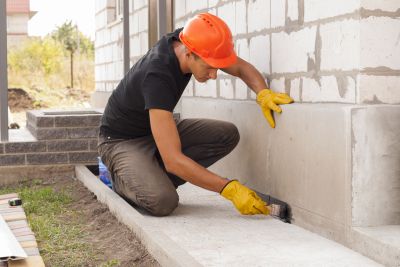
Using specialized equipment during appropriate weather conditions ensures quality work.
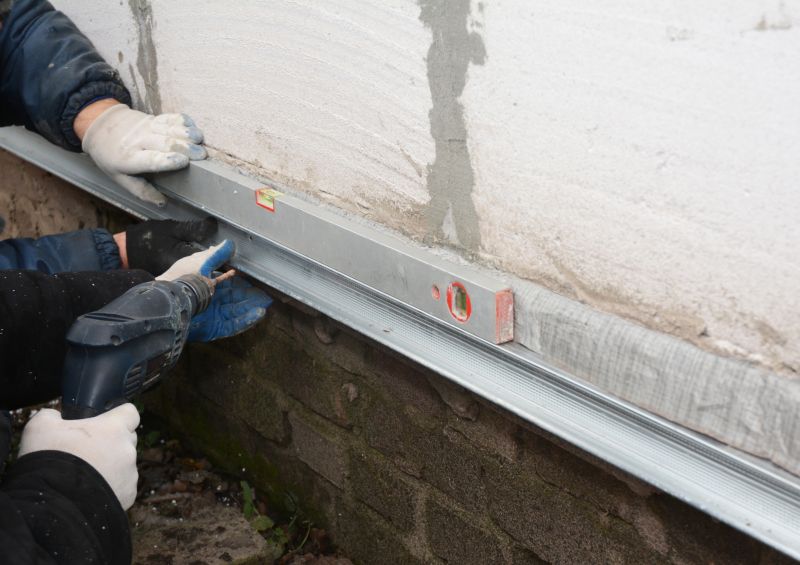
Ways to make Foundation Repairs work in tight or awkward layouts.

Popular materials for Foundation Repairs and why they hold up over time.

Simple add-ons that improve Foundation Repairs without blowing the budget.
Foundation repairs involve addressing issues such as cracking, settling, or shifting that compromise the stability of a structure. These repairs can include underpinning, piering, and soil stabilization. Proper timing ensures that repairs are durable and cost-effective, reducing the likelihood of recurring problems.

Sealing and repairing cracks prevent water infiltration and further damage.
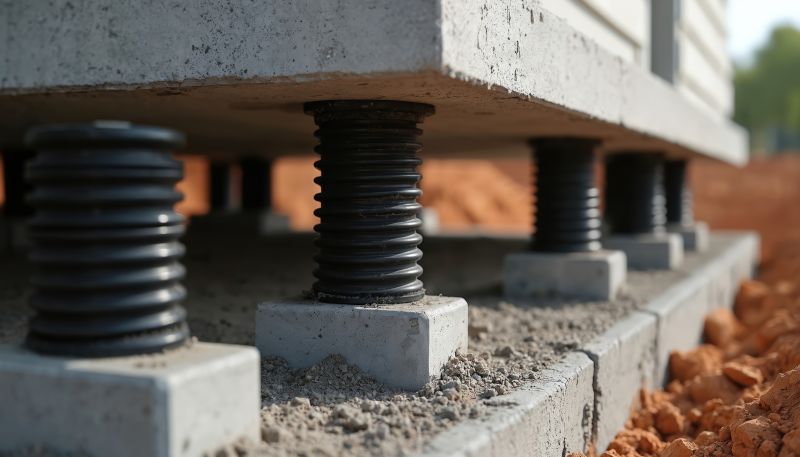
Piering involves installing supports to lift and stabilize the foundation.

Soil testing informs the best approach and timing for foundation work.

Inspection after repairs ensures stability and longevity of the solution.
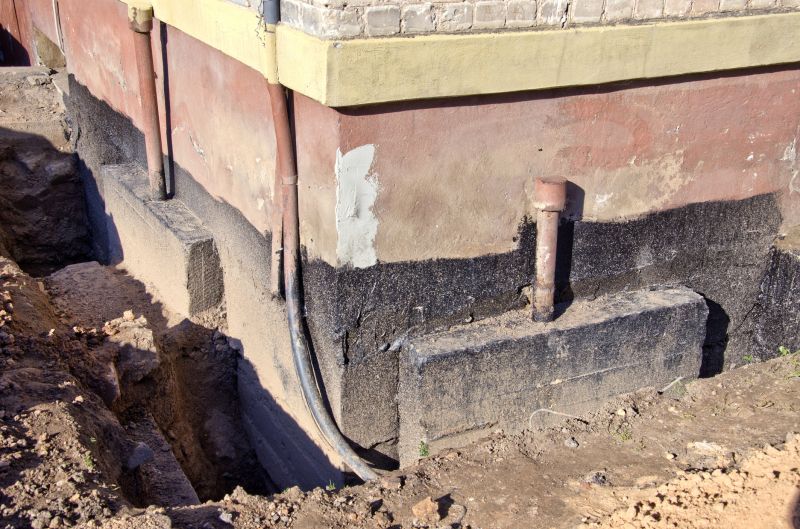
High-end options that actually feel worth it for Foundation Repairs.

Finishes and colors that play nicely with Foundation Repairs.
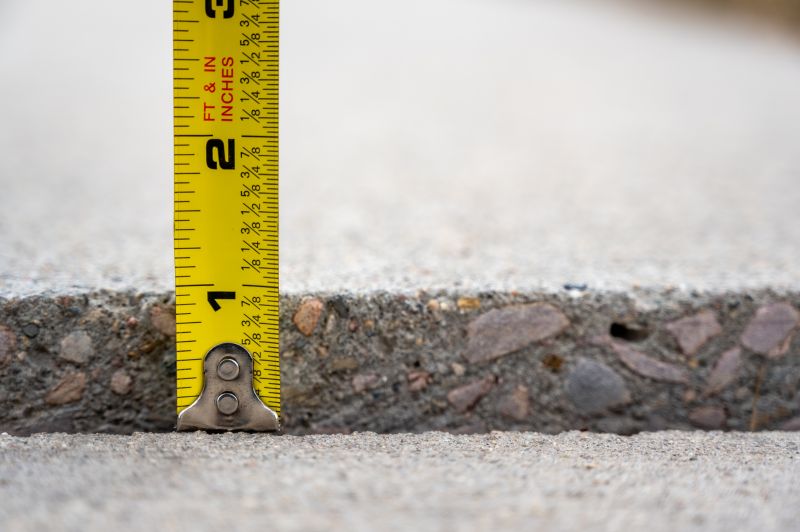
Little measurements that prevent headaches on Foundation Repairs day.

A 60-second routine that keeps Foundation Repairs looking new.

A frequent mistake in Foundation Repairs and how to dodge it.

Small tweaks to make Foundation Repairs safer and easier to use.

Lower-waste or water-saving choices for Foundation Repairs.
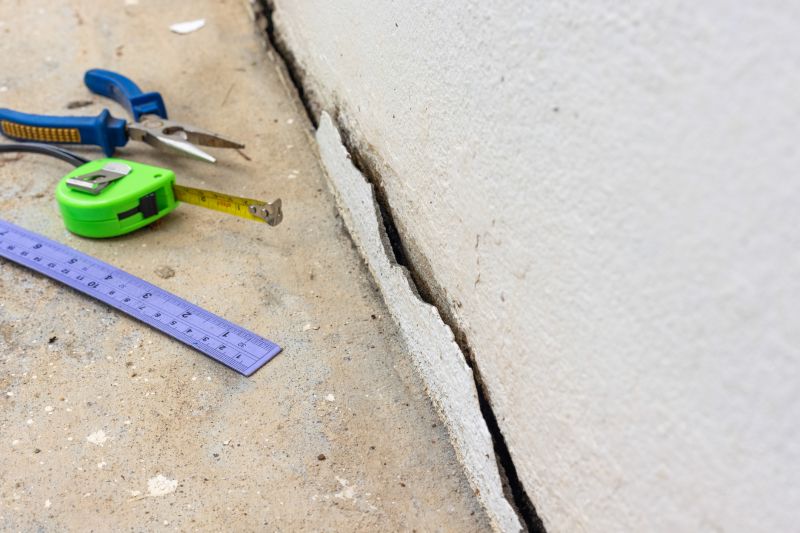
The short, realistic tool list for quality Foundation Repairs.
| Season | Ideal Conditions |
|---|---|
| Spring | Moderate temperatures, stable soil, minimal rain |
| Summer | Warm weather, dry soil, but watch for heat stress |
| Fall | Cooler temperatures, increased moisture, manageable soil |
| Winter | Cold temperatures, frozen soil, generally unsuitable |
Foundation repairs are essential for maintaining the safety and value of a property. Timely intervention can prevent extensive structural damage and costly repairs in the future. Factors such as soil type, weather conditions, and the extent of damage influence the best time to undertake these repairs. Regular inspections and professional assessments help determine the appropriate timing and approach for foundation work.
Interested in foundation repairs? Fill out the contact form to get more information and schedule an assessment.
